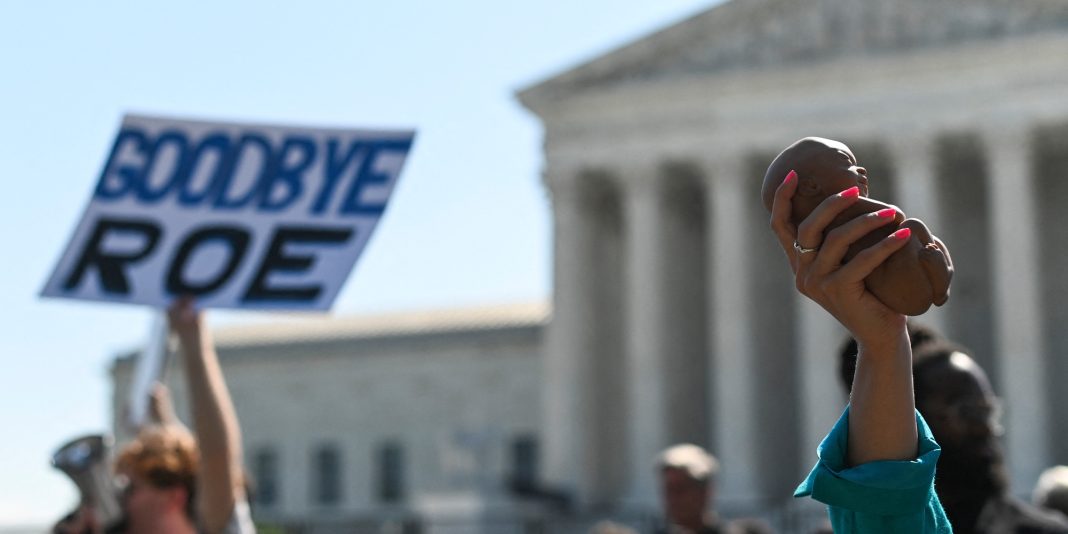Abortion rights have become a central focus of Vice President Kamala Harris’s presidential campaign. She has pledged to overturn the Supreme Court’s Dobbs decision, which stripped away constitutional protections for abortion. However, some abortion advocates argue that simply codifying Roe v. Wade, the landmark case that legalized abortion, would only perpetuate government interference in reproductive healthcare.
Dr. Jenni Villavicencio, an OB-GYN and complex family planning specialist, warns that calling to “restore Roe” actually perpetuates the criminalization of pregnant people seeking abortions. She believes that this outdated approach harms both abortion seekers and providers.
Ahead of the Democratic National Convention, advocates are urging politicians, including Harris, to embrace a more expansive vision of abortion rights. They point to a memo titled “Abortion Justice, Now,” which lays out a comprehensive framework for reproductive freedom beyond the scope of Roe. The memo calls for elected officials to enact protections for patients and doctors throughout pregnancy, prioritizing the needs of the most vulnerable. It also highlights federal legislation introduced last year as a starting point for this new approach.
Roe v. Wade was always intended as a minimum standard for reproductive freedom, allowing states to go further in protecting abortion rights. However, anti-abortion activists and politicians used the framework to impose restrictions on access. The memo addresses these limitations head-on, acknowledging that states were not required to ban abortion after viability, but Roe allowed them to do so. This led to increased surveillance of pregnancies and a proliferation of restrictions on access, often based on junk science.
By the time the Supreme Court overturned Roe in the Dobbs decision, 43 states had already banned abortion after a certain point in pregnancy. Since then, 14 states have banned abortion entirely, and 27 others have imposed gestational limits, many before the point of viability. This patchwork system has left many pregnant people scrambling for care, particularly those in marginalized communities.
However, the Dobbs decision has also sparked activism. Voters in Kansas successfully fought back an effort to overturn the state’s constitutional protection for abortion. Similar efforts to protect access or fend off anti-abortion measures are underway in other states. But in most cases, the measures being proposed are abortion rights with limitations.
Dr. Villavicencio, who provides abortion care later in pregnancy, emphasizes the importance of preserving access for those who need it. She criticizes politicians for using patients and providers as bargaining chips in their pursuit of political wins. The new memo from advocates calls for federal, statutory protection for abortion that eliminates government interference. It argues that gestational and viability limits only reinforce the fetal personhood movement’s argument that fetuses have the same constitutional rights as people.
Over 200 organizations and individuals have signed on in support of the memo ahead of the DNC. They point to the Abortion Justice Act, introduced by Rep. Ayanna Pressley, as a model for future abortion protection. The bill aims to eliminate government intrusion in reproductive health decisions and expand access to care through federal grants.
The advocates behind the memo believe that simply enshrining Roe is not enough. They argue that the movement needs a more inclusive and proactive approach to reproductive freedom and equality. It’s time to move beyond the defensive posture of protecting Roe and work towards a framework that meets the needs of the present and future.


